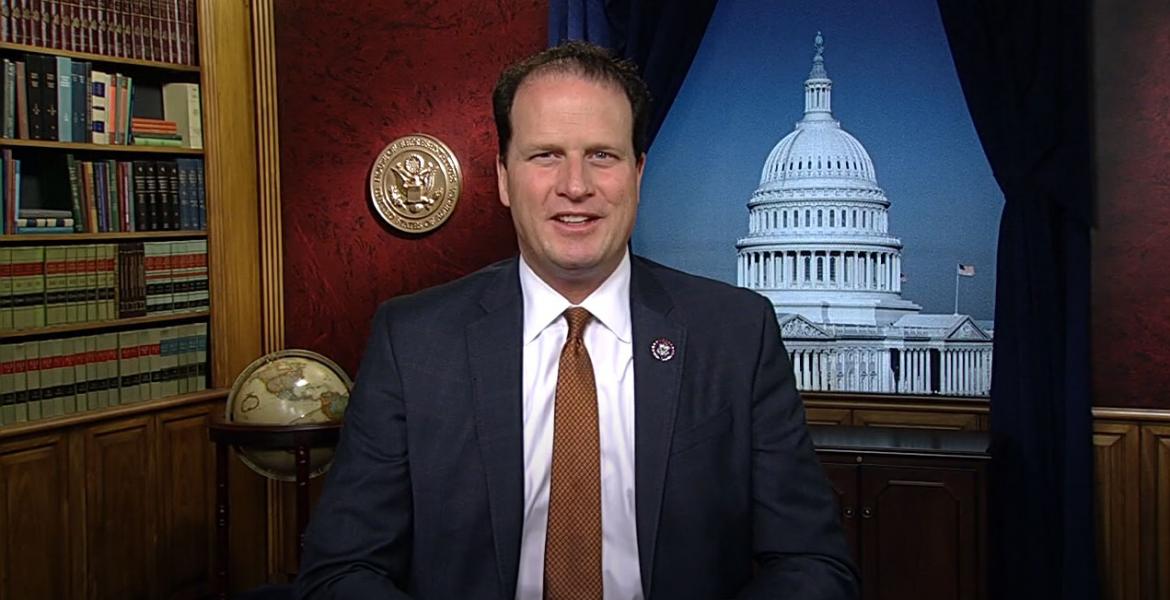AUSTIN – Members of the Senate Business and Commerce Committee last week asked pointed questions about the Public Utility Commission's plan to increase market participation and incentivize the construction of new power generation in Texas. Following 2021's near collapse of the state electric grid, the Legislature passed a number of reforms aimed at preventing another such event. In addition to attacking the specific problem of insufficiently weatherized energy infrastructure, lawmakers also directed the PUC to recommend ways to use market forces to make the state's de-regulated grid more robust. The plan that came out of the PUC in January, however, gave many senators pause.
The plan was a set of broad principles, but the general plan would create a new market that would exist alongside and apart from the current market. This market would sell what would be called "performance credits". It would work something like this: state officials would determine times at which system demand might put strain on the grid, and allocate a certain number of these credits, which could be claimed by generators and purchased by the power companies that serve residential areas. Those same power companies would be obligated to provide the amount of power they promised to deliver, with these credits acting as a kind of electric collateral, showing that regardless of source, the company will be able to keep the lights on.
For many members, it wasn't clear how this would reach the goal laid out last session of increasing dispatchable power sources - those generators such as gas or nuclear power plants or battery storage that can be brought online at demand. The program, developed by the commission, is something new and cannot be measured against more established market models. "It's very novel," Weatherford Senator Phil King said about the proposed plan. "I'll admit to you that the words 'novel' and 'electricity' in the same sentence are always kind of scary." The new market plan is on hold as legislators seek further clarity.
On Wednesday, the Senate Chamber saw a rare event - the unveiling of a new portrait to hang in the Senate Chamber. The honoree is a woman who has become known as "The Grandmother of Juneteenth", Ms. Opal Lee. Portraits of famous Texans throughout history adorn the walls of the Chamber - names like Lyndon B. Johnson, Sam Houston, and Barbara Jordan. "This does not happen often," Lt. Governor Dan Patrick told a chamber full of well-wishers. "It's a great honor."
Lee is being honored for her contributions to making Juneteenth - June 19th - a federal holiday, celebrating the freedom of slaves in Texas. On that date in 1865, Union General Gordon Granger posted general orders in Galveston stating that all slaves were no longer in bondage to their masters, and were now free men and women. It was a watershed moment in the fight to end slavery and former slaves and their descendants have marked that date with celebrations ever since. While it became a state holiday in 1936, it was a widely-celebrated though unofficial holiday elsewhere. Opal Lee has spent much of the last five decades fighting for national recognition of the Texas holiday, and triumphed in 2021 when President Joe Biden made Juneteenth the 11th federal holiday. Ms. Lee, then 94, was able to attend and receive personal congratulations from the president. Now 96, Opal Lee sat proudly in the Senate Chamber Wednesday as members lauded her lifelong commitment to civil rights in Texas. "Your portrait will join the portraits of other great Texans around here, and will be here in perpetuity," said Dallas Senator Royce West, one of two African-Americans currently serving in the Senate. "Young people will know the story of Opal Lee as they know the stories of so many other persons whose portraits are displayed here in this chamber."
The Senate will reconvene Tuesday, February 14 at 11 a.m.
Subscribe to the LIVE! Daily
Required






Comments
Listed By: sanglo expat
"Novel"? Like Texas' grid's standing on its own? How did that work out two years ago? Should we trust these fools?
Morons.
- Log in or register to post comments
PermalinkPost a comment to this article here: